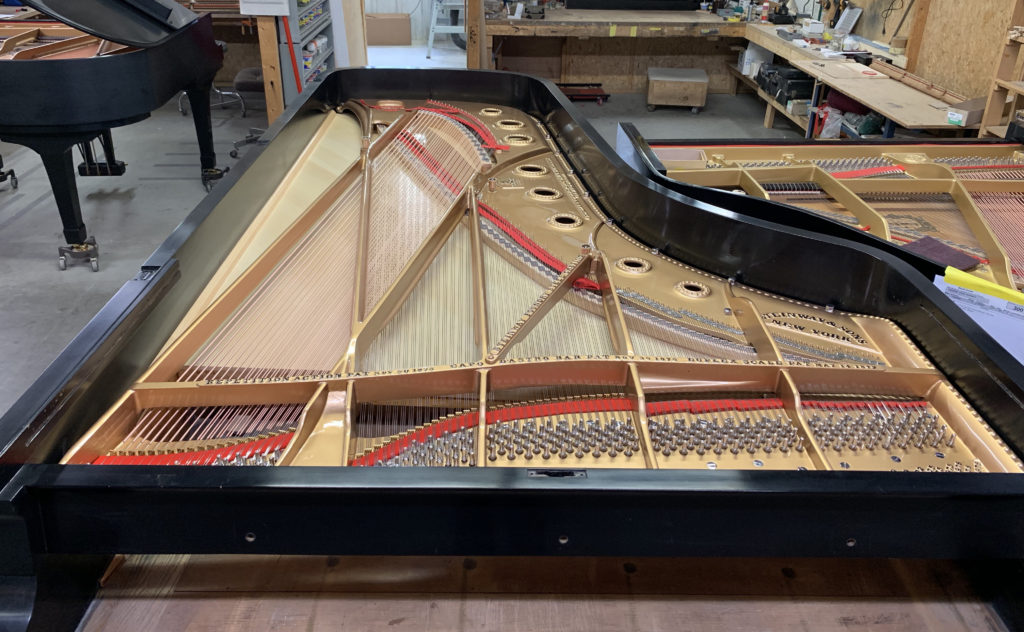


When manufacturers offer the 40- to 60-percent guidelines they are not expecting the humidity to swing 20 percent in either direction. If the temperature is constant and the humidity is somewhere between 40 and 60 percent the piano should withstand the small changes from season to season.

The construction of a performance- grade instrument is designed to withstand reasonable changes in humidity with the pitch dropping flat in cold weather months due to heating and rising sharp in the summer because of higher humidity. The good news is that pianos were invented prior to central heat and air conditioning. The box idea is useful in multiuse facilities but consistent tuning is the only answer to stability unless conditions are carefully controlled between the storage area and the hall. As soon as you take the piano out of the box, the conditions change enough to make the tuning unstable. This will work to keep unwanted players from using it, but will do little to maintain the tuning or regulation, especially if the box is humidity-controlled and the hall is not or vice versa. Many institutions keep pianos in a storage box built to preserve the condition of the piano. As he left he cautioned me to hurry and get the work done before 5 P.M., because the “air goes off then.” Sadly, this of course, counteracts any effort to maintain conditions for the piano during use. The stage manager explained in detail how careful they were with the temperature and humidity conditions of their hall and how they stored the piano in a box-type storage room at the back of the stage. Recently, I tuned a piano in a hall at a university. Pianos in churches or concert halls that have the heat or air conditioning turned down or off during the week suffer the most from tuning stability issues. Many pianos in institutions or churches have similar issues resulting from inconsistent heat and humidity conditions, lack of servicing, or age-related mechanical failure. An unbiased appraisal of the condition of the instruments is necessary for a plan to maintain and improve the usability of the institution’s pianos. In this position, the initial step would be to contact the piano technician or local dealer who has been servicing the pianos to review the inventory of instruments and receive recommendations for care or disposal. The second surprise is that they find themselves in charge of the management of the maintenance of these instruments. Many talented musicians arrive at a new job to find that their institution is a facility populated with pianos in poor condition that are barely serviceable.


 0 kommentar(er)
0 kommentar(er)
